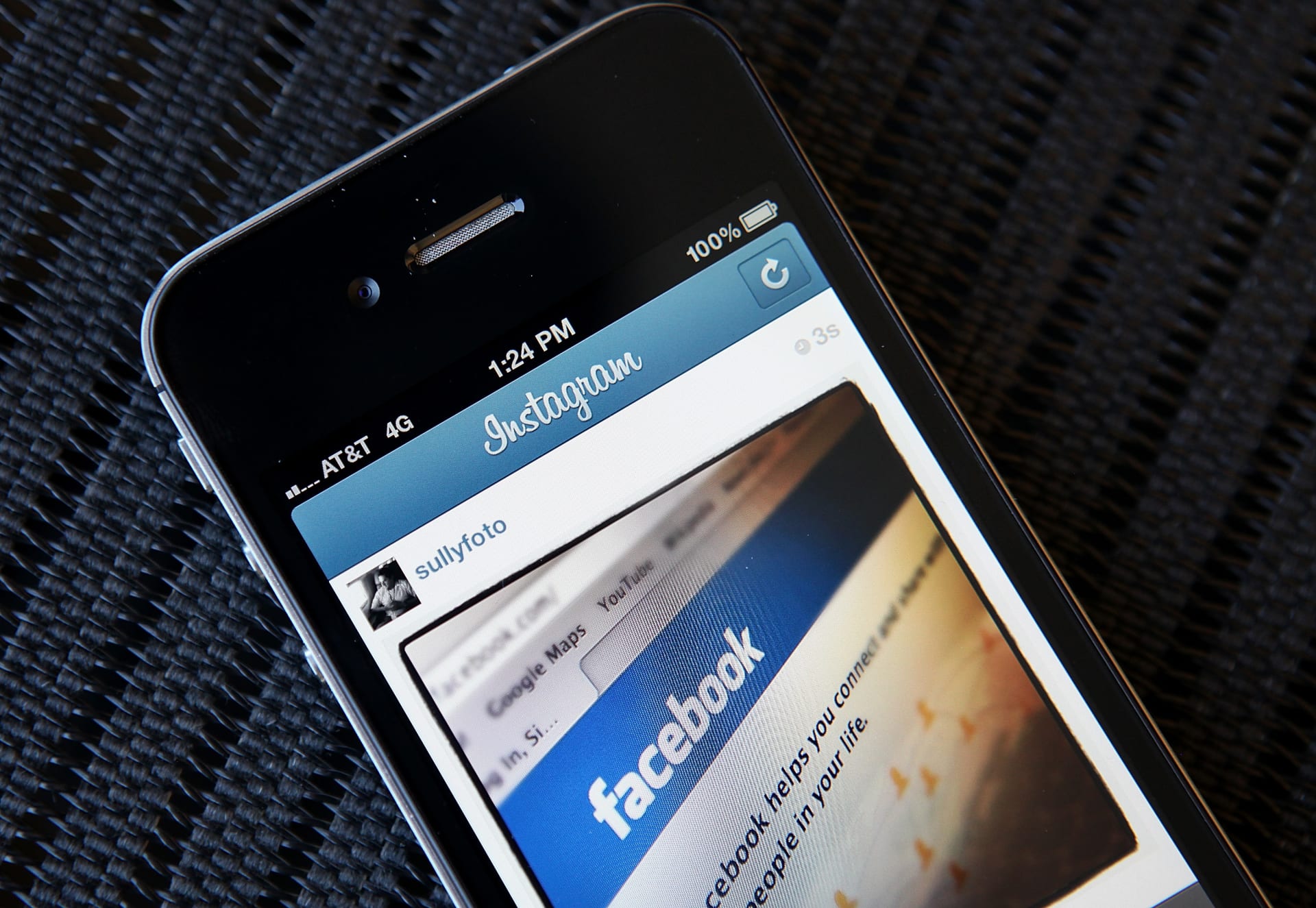دبي، الإمارات العربية المتحدة (CNN) -- رغم أن الغالبية العظمى من الأشخاص يعتبرون استخدام الهاتف المحمول أثناء القيادة أمراً خطيراً، إلا أن هذا لا يمنع كثيراً منهم من استخدامه أثناء القيادة. فما هو سبب هذه الازدواجية؟
بحسب ديفد غرينفيلد من مركز إدمان الإنترنت والتكنولوجيا، يعود هذا إلى طبيعة الهواتف المحمولة التي يسهل على الدماغ الإدمان عليها، والتي تجعل ردة الفعل الغريزية لأي شخص هي الاستجابة لأي صوت يصدره الهاتف المحمول.
لورا مورير هي من بين الأشخاص الذين وقعوا ضحية لهذا الإدمان هم، التي تسبب تفقّدها لرسالة نصية أثناء القيادة بالاصطدام بجرافة زراعية وقتل مزارع يبلغ من العمر 75 عاماً.
وبحسب غرينفيلد، السبب وراء استجابة مورير للرسالة هو الشعور برغبة قاهرة لتفقّدها، فعند سماع رنين الهاتف، يطلق الدماغ هرمون الدوبامين، وهو هرمون يعطي شعوراً بالسعادة، ويحفّز مراكز المكافأة في الدماغ، ما يجعلنا نريد أن نعرف بسرعة من الذي راسلنا أو ذكرنا في مواقع التواصل الاجتماعي.
قد يهمك أيضاً: هل يمكن لأنوفنا وعيوننا أن تكون مفتاح الحل للكشف عن مرض الزهايمر؟
ويوضح غرينفيلد: "مراكز المكافأة التي يحفّزها الدوبامين هي ذاتها المرتبطة بالمتعة التي نشعر بها بعد تناول الأكل أو ممارسة الجنس أو تعاطي المخدرات والكحول. ومركز المكافأة هذا موجود منذ الأزل وإن لم يكن موجوداً لما كان الجنس البشري قد استمر إلى اليوم."
وإفراز هرمون الدوبامين يتعارض مع عمل القشرة أمام الجبهية، وهي الجزء من الدماغ حيث تحدث غالبية عمليات موازنة الخيارات والتفكير، ما يجعلنا نقدم على تفقّد الهاتف حتى وإن كان هذا القرار غير منطقي ومؤذيا.
قد يهمك أيضاً: هل تحدد جيناتك متى تفقد عذريتك؟
حل ممكن؟
أسس رائد الأعمال سكوت تيبيتس تقنية تسمى "Groove"، والتي ترسل إشارات لشركات تزويد خدمة الهاتف المتنقّل بأن صاحب الرقم المعيّن يقود السيارة حالياً، ما يجعل المزوّد يمنع الهاتف من تلقي المكالمات والرسائل، ويمنع السائق من إرسال الرسائل النصيّة أو النشر على مواقع التواصل الاجتماعي.
ومن جهته، يؤكد غرينفيلد أن الدماغ لا يستطيع تولي أكثر من مهمة واحدة في وقت واحد، ما يعني أن الرد على المكالمات لاسلكياً أثناء القيادة يشكّل خطورة على حياة السائق، الأمر الذي أيدته دراسة لجامعة يوتا أظهرت أن التحدث على الهاتف - حتى وإن كان بشكل لاسلكي - يقلل سرعة ردات الفعل بشكل يوازي أثر القيادة تحت تأثير الكحول.


